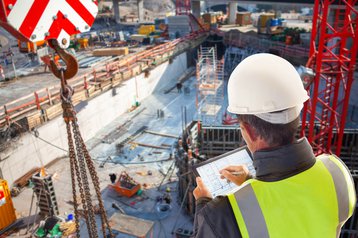Something we are hearing more and more about is the idea of modular construction. Put simply – elements of the build are constructed off-site, and transported to the site already completed, making the build almost remote. A sort of ‘building from home’ approach.
Given the context of the past two years and the need for social distancing, modular construction is making more and more sense. We sat down with Andy Banks, Data Center Sales Manager at Anord Mardix to talk about this method – and why he thinks it works.
“The last 18 months have shown us the risk of delivering a project on-site. Modular solutions give us the ability to take elements off-site and do it in a controlled environment. That's where we can de-risk a project in terms of being able to deliver projects to timescales and within budgets – or hopefully reducing budgets.
“A lot of the considerations need to be around the actual site program of the project and look at what's been delivered over that period of time. Then, we work with clients to see what elements can be taken away and what elements can be constructed, cabled, and tested off-site. All elements can extend the project life spans, particularly towards the end of a project where they may need to be integrated together. There aren't too many projects where that isn’t a consideration.
“We try to encourage people to think about what their risk elements are in their project delivery, and how we can take some of those elements away from the site and have them running in tandem with our other building works on site.”
As a mission-critical industry, risk aversion and management are crucial to data centers, and this applies to the build process too. Deadlines are often rock hard due to high demand and necessity. Any solution which can help speed up the process deserves consideration.
Modular construction also touches on another key pain point for the data center industry: environmental sustainability.
“On the energy usage side of things, where we're delivering an external modular building, we can really pinpoint the heat source in that area, and how we can provide cooling for it. We can really drill down so there's zero wastage in the design.
“There are other elements that feed in from the sustainability side. Things like being able to minimize the number of deliveries, so you're shipping various elements of equipment in one delivery. This means you've got reduced mileage. As a company, we also try to source locally where we can and work with partners who have a similar green approach.”
When it comes to your next build, weigh up the potential construction approaches. You might find that a modular approach is exactly what your data center needs.


